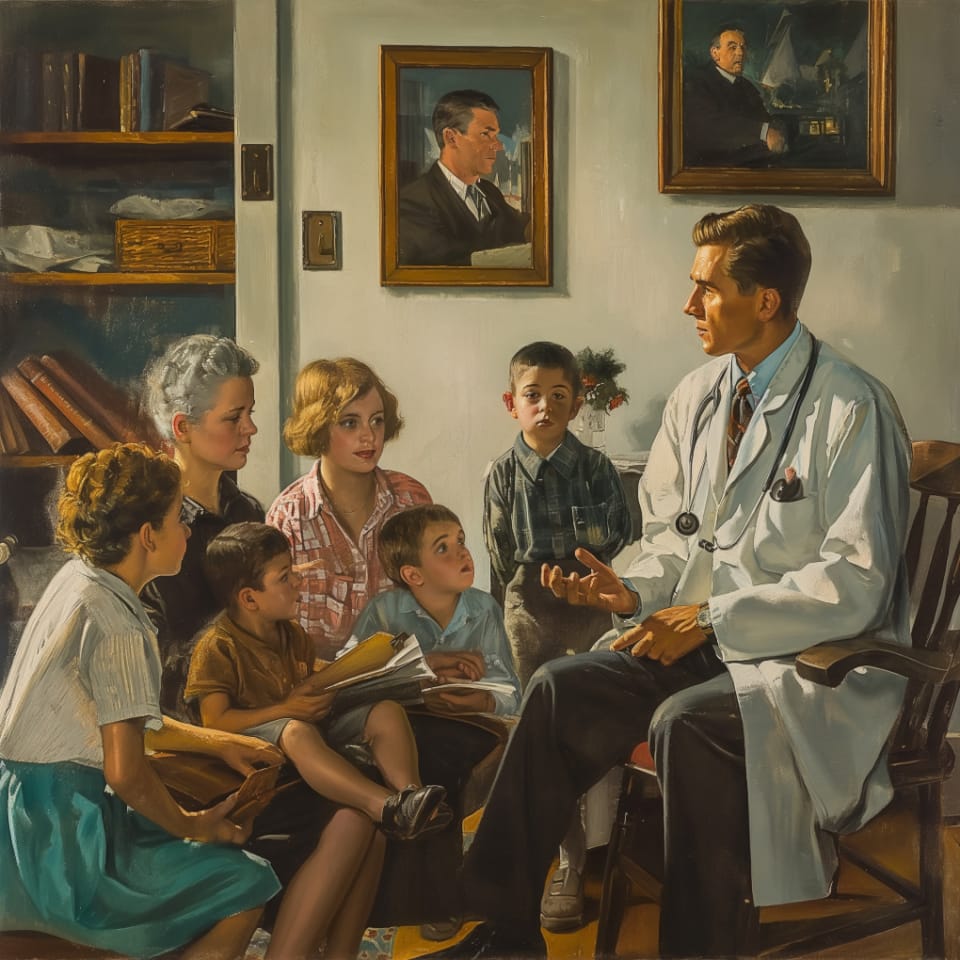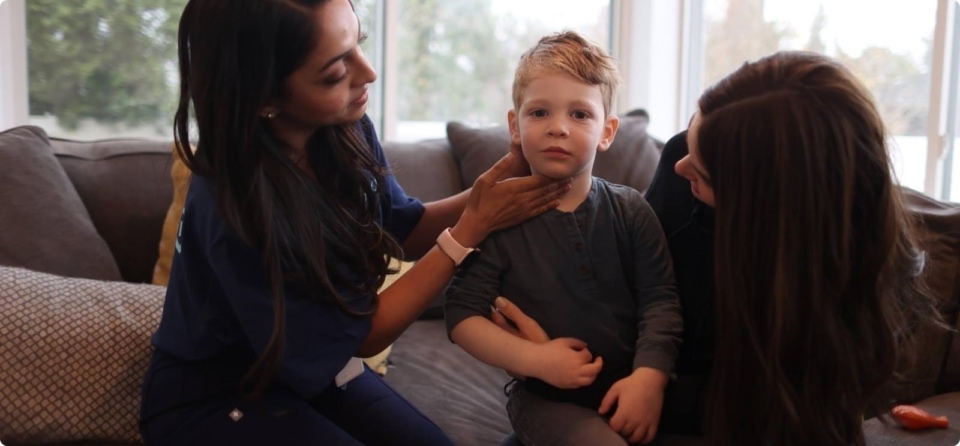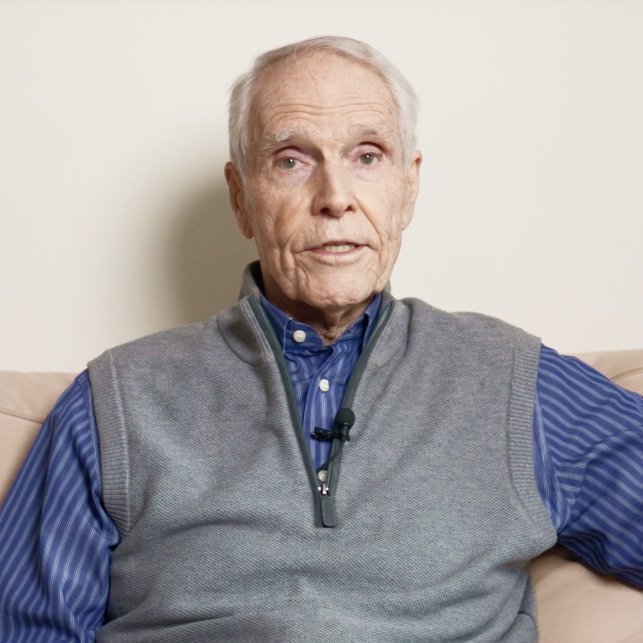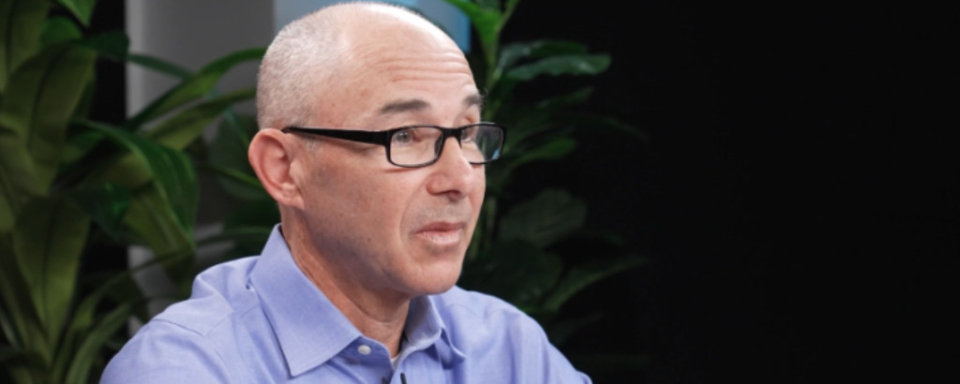
By Lee Bienstock, CEO
Do you remember when the family doctor came to your house? Probably not – it was before your time. But the concept has a certain charm, doesn’t it?
In the Norman Rockwell version of America, a kindly old doctor, dressed in coat and tie, visits a home with a white picket fence. But even back in the 1950s, the house call was an endangered species. The decline of the U.S. healthcare system and the harsh economics of primary care put an end to this idyllic vision.
Today, most think of house calls as a “concierge” service, reserved for the privileged few, but DocGo is bringing house calls back with a renewed vision. Its goal: easing the strain on emergency rooms, improving patient outcomes, and expanding access to high-quality care.
A System Sagging Under the Strain
The truth is, the need for house calls never really disappeared. Emergency rooms have largely replaced what used to be a visit from the family doctor. Unfortunately, ERs are now buckling under the weight of overcrowding and unprecedented demand.
In one survey of ER doctors, 97 percent reported that patients regularly have to wait more than 24 hours for care. Adding to this, a key federal program aimed at this issue – Acute Hospital Care at Home – is poised to lose funding by year’s end. The now-jeopardized program helps hospitals provide patients with inpatient-level care in their homes.
This situation doesn’t just put enormous financial and resource strains on the U.S. healthcare system; it also poses daily risks to patients’ health. Too often, ER patients endure long waits in hallways or makeshift lobbies, increasing the risk of hospital-acquired infections and adverse events.
Healthcare providers need support – and fast. It turns out that modernizing the classic house call, with the help of modern data and technology, is one of the solutions we need.
A Recipe for Making the House Call Work
DocGo is helping bring back the house call, at a time when alternative approaches to care are needed more than ever. At the heart of DocGo’s efforts is data, every clinician’s best friend. Armed with the right data and remote diagnostic tools, clinicians can provide care that is prompt, high quality, and cost effective – and they can do it just about anywhere by putting technology to work.
DocGo’s tech-powered efforts cover everything from logistics to real-time care provision, helping to ensure services are high-quality, accessible, and cost effective.
DocGo’s proprietary software boosts the efficiency of their mobile medical teams, while integrated health monitoring devices aid in the continuous management of patients’ chronic conditions. For urgent situations, the company can customize escalations with its partners and even transport patients to the hospital in the event of critical need.

Preventing Unnecessary ER Visits
Mobile healthcare is more than a stopgap for our strained healthcare system — it’s a pathway to better patient experiences. DocGo’s team of medically trained field staff, over 6,000 strong, is returning quality healthcare to patients’ doorsteps. They’re helping close the access gap, serving both remote and urban locations with limited transportation options.
DocGo’s clinicians performed nearly 1 million patient interactions across its programs in 2023, which included diverting over 54,000 patients from unnecessary emergency department visits. This translates into an estimated $167 million in savings for patients and healthcare systems.
Take Lyndon’s story, a recent patient of DocGo’s mobile medical team:
 “I needed some help and couldn’t reach the hospital. I called DocGo and they immediately sent a nurse to review my vitals, in my apartment, and then connected me with a real doctor. It all took about 45 minutes and saved me money, time, and an ambulance. It was just an amazing experience.”Lyndon G.
“I needed some help and couldn’t reach the hospital. I called DocGo and they immediately sent a nurse to review my vitals, in my apartment, and then connected me with a real doctor. It all took about 45 minutes and saved me money, time, and an ambulance. It was just an amazing experience.”Lyndon G.
For countless patients like Lyndon, DocGo’s work fundamentally improves the quality of care they receive, cutting down on unnecessary emergency visits and helping prevent hospital stays.
Today, a medical house call isn’t a nostalgic memory but a forward-thinking solution. The return of the house call is just the start of what mobile medicine – powered by the right data, technology, and team – can accomplish.







